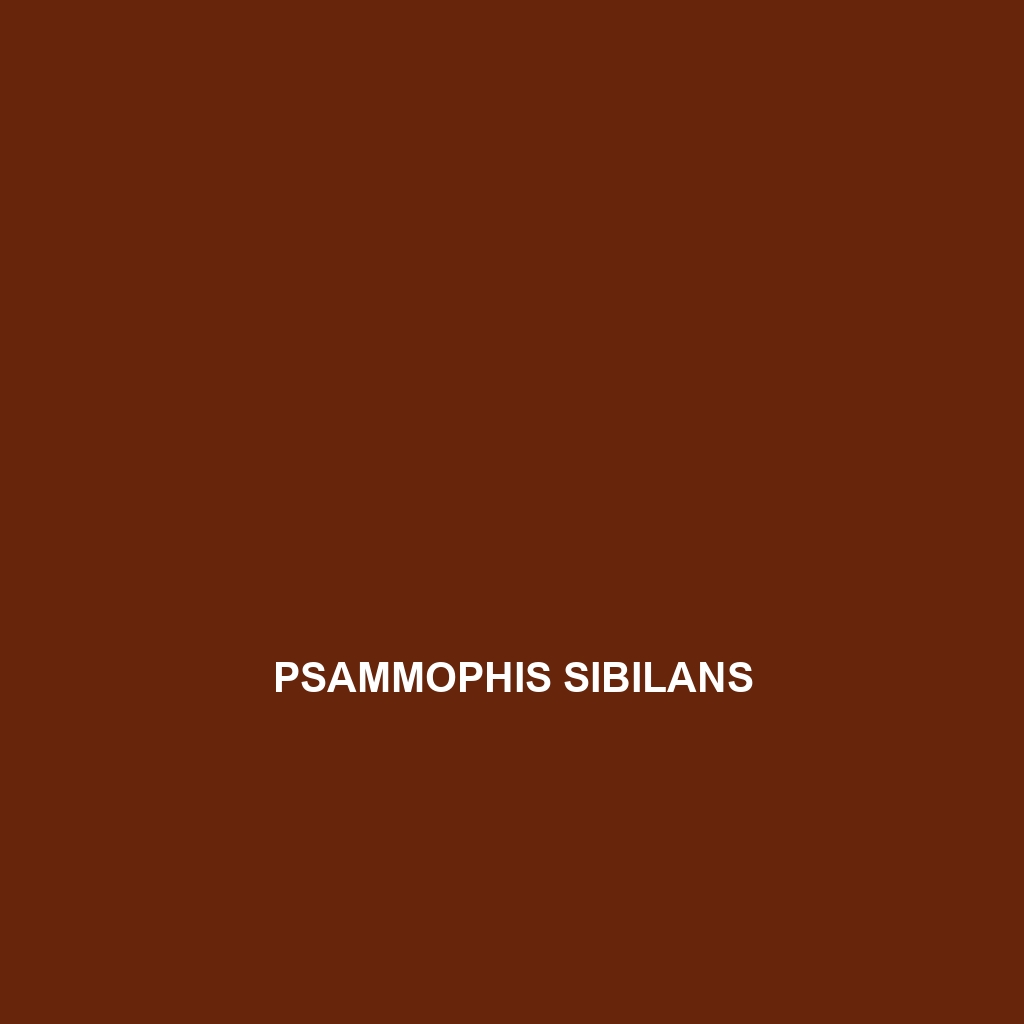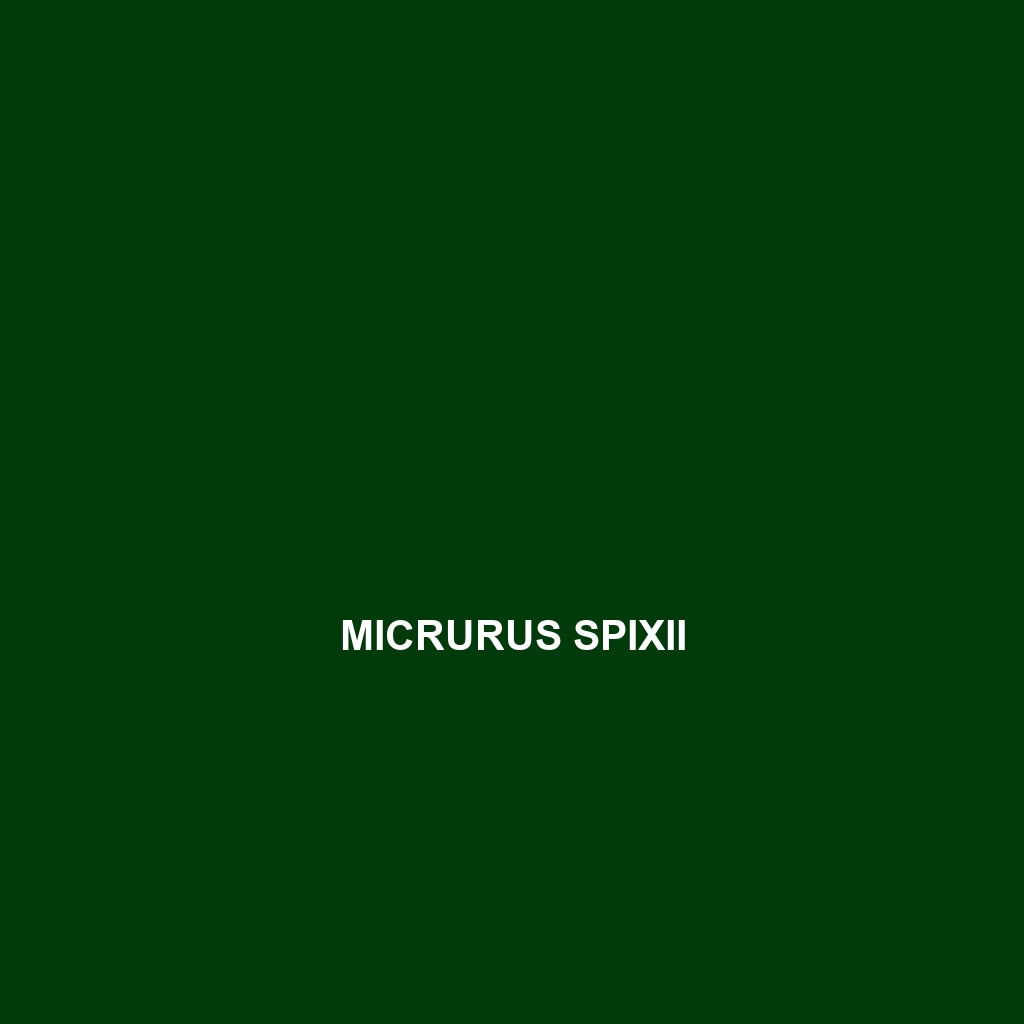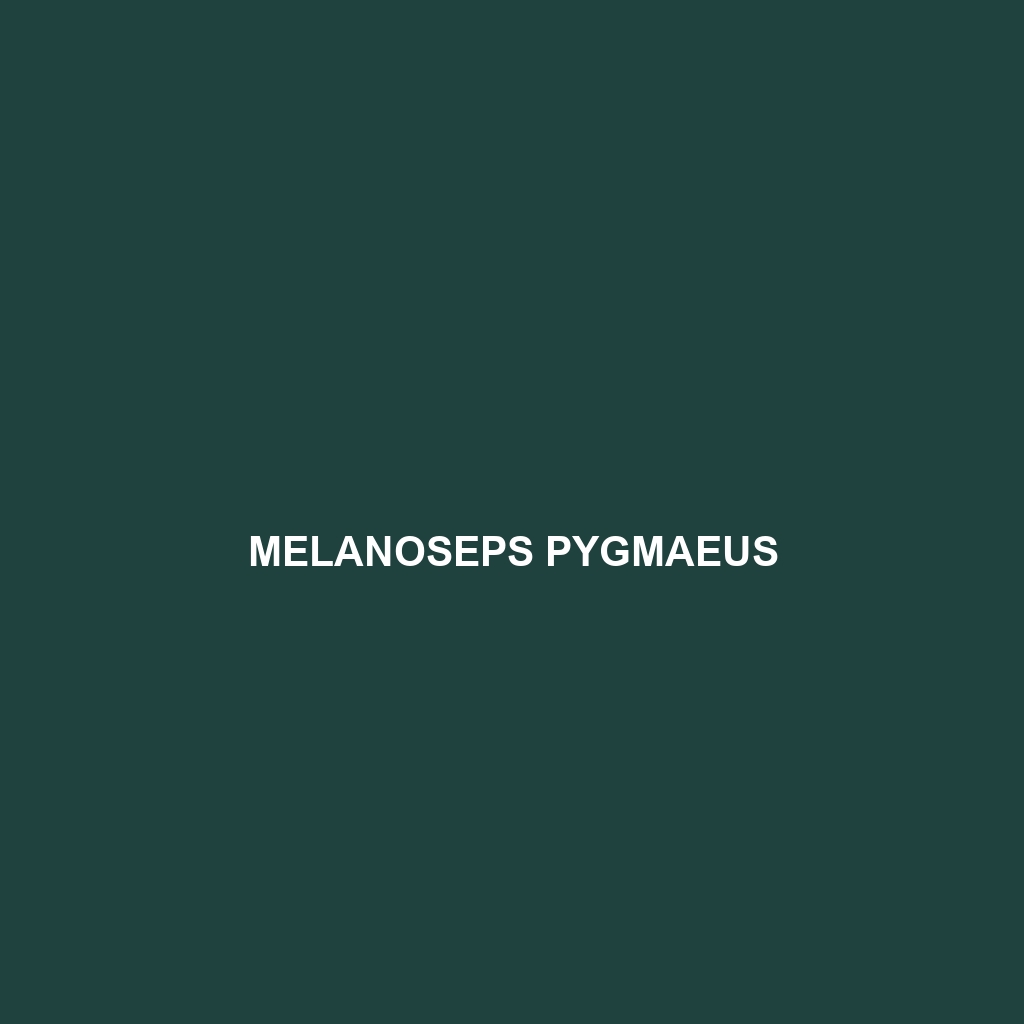<b>Psammophis sibilans</b>, also known as the African Slender Snake, is an agile and slender predator that thrives in savannas, grasslands, and subtropical forests across Africa. With a length of 60 to 80 centimeters and a distinctive mix of light browns, greens, and yellows for effective camouflage, this diurnal snake primarily preys on small mammals, lizards, and insects, playing a crucial role in its ecosystem.
Tag: wildlife awareness programs
Psammophis sibilans
<b>Psammophis sibilans</b>, also known as the African Slender Snake, is an agile and slender predator that thrives in savannas, grasslands, and subtropical forests across Africa. With a length of 60 to 80 centimeters and a distinctive mix of light browns, greens, and yellows for effective camouflage, this diurnal snake primarily preys on small mammals, lizards, and insects, playing a crucial role in its ecosystem.
Oligosoma burganae
Discover the fascinating Oligosoma burganae, a diurnal skink native to New Zealand, known for its distinctive dark brown and tan patterns, elongated body reaching 10-15 cm, and its vital role in controlling insect populations while thriving in temperate forests and shrublands. This species exhibits viviparity, giving birth to 4-7 live young after a gestation of 60 to 70 days, making it a remarkable example of New Zealand's rich biodiversity.
Nannoscincus humectus
The <b>Nannoscincus humectus</b>, commonly found in the rainforests of Papua New Guinea, is a distinctive skink measuring 10-15 cm with smooth, glossy scales and large protruding eyes. Primarily nocturnal and insectivorous, it plays a crucial role in its ecosystem by regulating insect populations while adapting well to its humid habitat.
Micrurus spixii
The Micrurus spixii, or Brazilian coral snake, is a venomous serpent known for its striking red, black, and yellow coloration, typically reaching up to 1 meter in length. Found in the rainforests and savannas of eastern Brazil, this nocturnal predator plays a vital role in the ecosystem by controlling populations of small reptiles and amphibians.
Melanoseps pygmaeus
<p><b>Melanoseps pygmaeus</b>, also known as the East African black scorpion, is a slender, nocturnal species native to tropical regions of East Africa. With its distinctive glossy black coloration and adaptability to various habitats, it plays a crucial role in controlling insect populations and maintaining ecological balance.</p>
Hemidactylus pakkamalaiensis
<p><b>Pakkamalai Gecko (Hemidactylus pakkamalaiensis)</b>, a medium-sized and nocturnal gecko native to the tropical forests of South India’s Western Ghats, features a slender body with camouflaged patterns and adhesive toe pads for climbing. This insectivorous species plays a vital role in its ecosystem by controlling insect populations and serving as prey for larger animals.</p>
Goniurosaurus sengokui
Discover the Goniurosaurus sengokui, a stunning medium-sized nocturnal gecko native to the rainforests and temperate forests of Southeast Asia. With its striking coloration, large eyes, and vital role in the ecosystem as an insectivore, this vulnerable species exemplifies the rich biodiversity of its natural habitat.
Eutropis tammanna
Discover the Eutropis tammanna, or Indian Skink, a medium-sized lizard known for its sleek body, vibrant blue tail, and insectivorous diet. Found across tropical and subtropical regions of the Indian subcontinent, this agile skink plays a crucial role in controlling insect populations and maintaining ecosystem balance.








